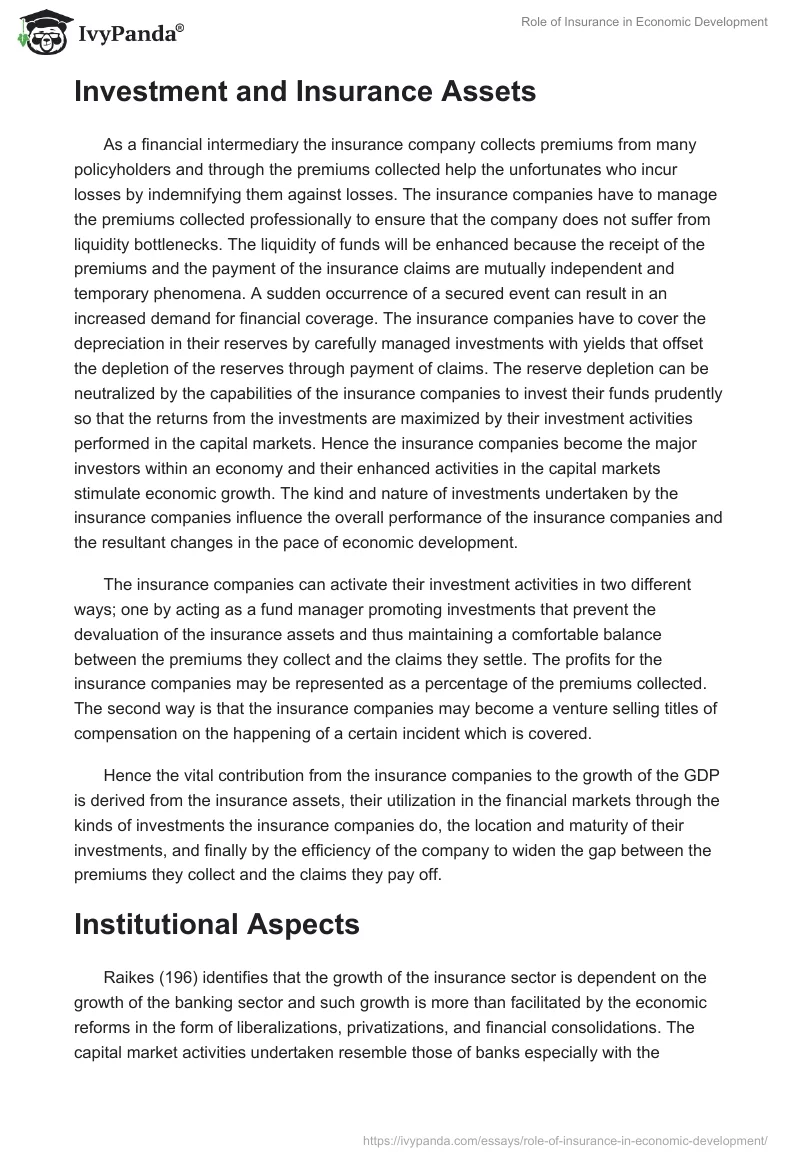The Buzz on Pacific Prime
The Buzz on Pacific Prime
Blog Article
The 20-Second Trick For Pacific Prime
Table of ContentsAll about Pacific PrimeThe Definitive Guide for Pacific PrimeThe Ultimate Guide To Pacific PrimeThe 9-Second Trick For Pacific PrimeSome Known Details About Pacific Prime

This is because the information were collected for a period of solid financial performance. Of the estimated 42 million individuals that were uninsured, almost concerning 420,000 (about 1 percent) were under 65 years of age, the age at which most Americans come to be eligible for Medicare; 32 million were adults between ages 18 and 65, around 19 percent of all grownups in this age; and 10 million were kids under 18 years old, regarding 13.9 percent of all kids (Mills, 2000).
These price quotes of the variety of persons uninsured are produced from the yearly March Supplement to the Existing Population Survey (CPS), carried out by the Demographics Bureau. Unless or else noted, national quotes of individuals without medical insurance and percentages of the populace with various kinds of protection are based upon the CPS, one of the most extensively used source of estimates of insurance coverage and uninsurance prices.
More About Pacific Prime

Still, the CPS is particularly beneficial since it produces yearly price quotes fairly swiftly, reporting the previous year's insurance coverage approximates each September, and since it is the basis for a constant set of price quotes for even more than twenty years, permitting evaluation of patterns in coverage with time. For these factors, in addition to the comprehensive usage of the CPS in various other research studies of insurance policy protection that exist in this record, we depend on CPS estimates, with constraints kept in mind.

The estimate of the variety of without insurance people increases when a population's insurance standing is tracked for several years. Over a three-year duration beginning early in 1993, 72 million people, 29 percent of the united state populace, were without coverage for at the very least one month. Within a single year (1994 ), 53 million individuals experienced a minimum of a month without coverage (Bennefield, 1998a)
6 out of every ten without insurance adults are themselves employed. Although working does improve the chance that a person and one's relative will have insurance, it is not an assurance. Even participants of families with 2 full-time breadwinner have practically a one-in-ten opportunity of being uninsured (9.1 percent without insurance rate) (Hoffman and Pohl, 2000).
The smart Trick of Pacific Prime That Nobody is Talking About
New immigrants represent a significant proportion of people without health and wellness insurance policy. One evaluation has associated a considerable section of the current growth in the size of the U.S. uninsured populace to immigrants that got here in the country between 1994 and 1998 (Camarota and Edwards, 2000). Recent immigrants (those that involved the United States within the past four years) do have a high rate of being uninsured (46 percent), however they and their kids make up simply 6 percent of those without insurance policy across the country (Holahan et al., 2001).
The relationship in between medical insurance and access to care is well established, as documented later in this chapter. The connection between health insurance policy and wellness results is neither direct neither straightforward, a considerable clinical and health solutions study literature links wellness insurance policy coverage to better accessibility to care, much better quality, and boosted individual and population wellness condition.
Levels of evaluation for taking a look at the impacts of uninsurance. This conversation of wellness insurance coverage concentrates mainly this content on the united state population under age 65 because basically all Americans 65 and older have Medicare or other public insurance coverage. Moreover, it focuses particularly on those without any medical insurance for any kind of length of time.
How Pacific Prime can Save You Time, Stress, and Money.
The problems faced by the underinsured are in some areas similar to those dealt with by the uninsured, although they are usually much less serious. Health insurance policy, nevertheless, is neither necessary neither adequate to gain accessibility to medical solutions. The independent and direct result of health and wellness insurance protection on access to wellness solutions is well developed.
Others will obtain the healthcare they require even without health and wellness insurance, by spending for it out of pocket or seeking it from providers that offer treatment totally free or at very subsidized rates. For still others, health and wellness insurance alone does not make certain receipt of care due to other nonfinancial obstacles, such as an absence of healthcare service providers in their area, limited access to transport, illiteracy, or linguistic and cultural distinctions.
The 30-Second Trick For Pacific Prime
Official study about uninsured populations in the United States dates to the late 1920s and early 1930s when the Committee on the Expense of Healthcare created a collection of records concerning funding medical professional workplace visits and hospitalizations. This issue became prominent as the numbers of medically indigent climbed during the Great Anxiety.
Report this page